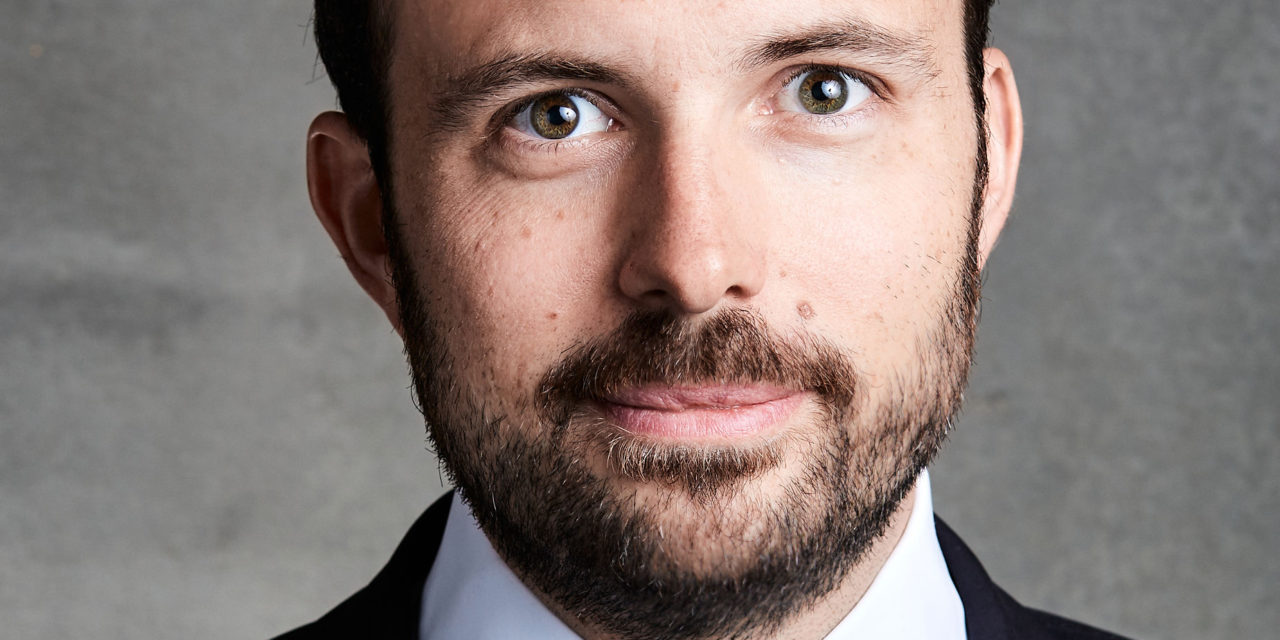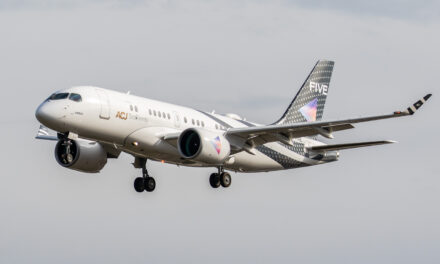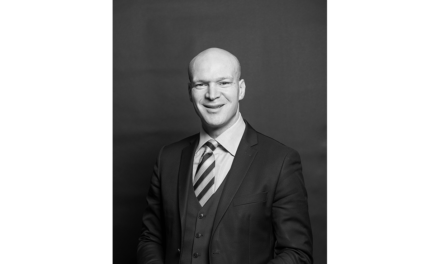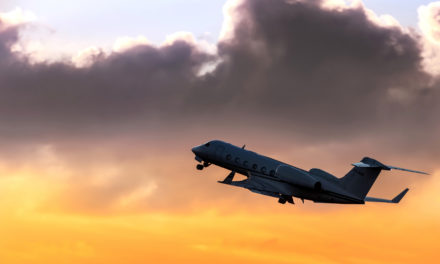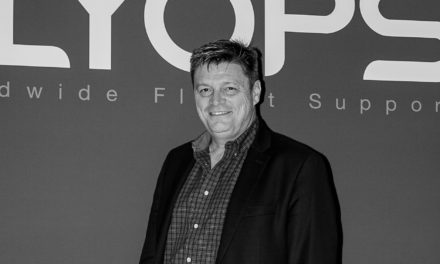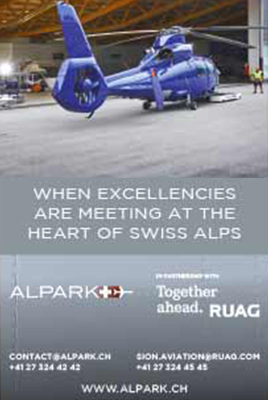By Frédéric Vergneres
Founded in 2005, the Swiss company has become in a few years a key player in the field of aircraft brokerage, on-demand flight and aircraft management. After a few years spent at the head of Masterjet, then owned by SPARFELL, and then within Luxaviation, Ultimate Jet met Edward Queffelec who took over from his father Philip G. Queffelec in order to lead SPARFELL to new challenges. Interview.
How did SPARFELL get through the year 2020 ?
It has been a special year in many ways and we have adapted. But what I remember most of all is that we were able to take advantage of a period of crisis to create many opportunities that we have turned into reality. In terms of second-hand sales, 2020 was paradoxically more or less identical to 2019. Only logistical problems related to covid-19 have slowed down transactions. The first quarter, especially, saw a drop in transactions with barely 80 sales compared to 280 a year earlier, but the rest of the year made up for this loss. Like other crises in the past, we could have feared a Berezina in this sector, but it is in fact the opposite that we have observed: there are fewer aircraft for sale today than there were at the beginning of 2020. In addition, we have observed that in the high-end market, buyers have taken into account the arrival of the Global 6500, 7500 and other G500/600, which has de facto led to a drop in the value of Ultra Long-Range aircraft, but prices have now stabilized.
As far as on-demand flights are concerned, 2020 has been a year of mixed results. Like everyone else, the first containment was anecdotal in terms of volume, followed by a more active summer period than the previous year. The fall was a special moment as we continued our momentum with a majority of short and medium distance flights with entry and mid-range aircraft. 80% of our passengers come from direct customers who already fly with us and who have a compelling need to travel. This has enabled us to better control our flights and to ensure our missions with constantly changing restrictions.
On the other hand, long-haul flights have suffered much more, even though some destinations such as Dubai, which initially showed its ability to control the epidemic, as well as the Caribbean and the Maldives, particularly during the holiday season, have ensured some activity. As far as aircraft management is concerned, this is the sector that has made the most progress, since we have almost tripled the fleet through external and organic growth. In this context, I would say that the results are rather positive despite the impact of the pandemic.
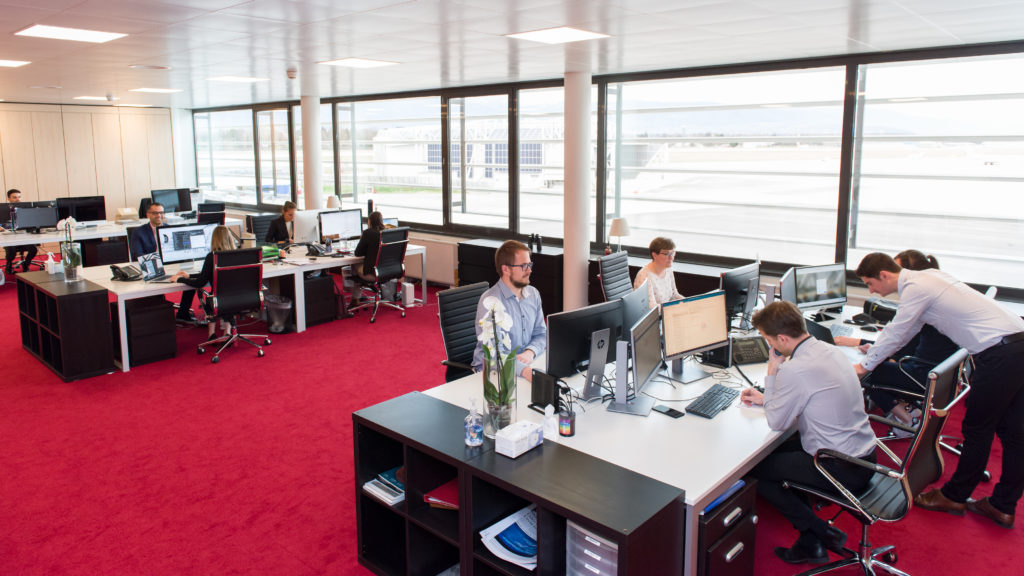
And this first semester of 2021?
I must admit that it is in line with the previous half-year : Transactions, on all types of aircraft, are very active, and we are even short of aircraft for sale due to the current success! On the charter side, the volume of activity is almost equivalent to 2019 on short and medium-haul aircraft, and activity is still slowing on the longest routes. The prospects of international reopenings allow us to hope for a stronger recovery on our ultra long-range aircraft. In aircraft management, the first half of the year was very productive, with the integration of six new aircraft in the space of five months, with interesting prospects for the rest of the year.
Finally, at the beginning of the year, we acquired a luxury concierge company, with high-end travel agency, property and yacht management and rental activities. It now operates under the name of Sparfell Lifestyle and offers us countless synergies with our services and our clientele.
For the last two years Sparfell, and more precisely the aircraft management division, has been growing rapidly. Can you tell us more about it?
Indeed, after leaving it in 2015 with the sale of Masterjet, we returned to the aviation operation in 2019 with the summer acquisition of LaudaMotion Executive, Niki Lauda’s business jet company. Then 2020 solidified the ramp-up of our on-demand division and fleet with the acquisition of Speedwings in November. In the meantime, we have regrouped these entities under the name Sparfell and more precisely Sparfell Luftfahrt GmbH in Austria (ex LaudaMotion Executive), Sparfell Airways in Switzerland (ex Speedwings) and Sparfell France (ex Speedwings France) since the latter has a French AOC. The development plan has been maintained despite the crisis, and we have also opened AOC in San Marino in September 2020.
Today our fleet of business jets is deployed in Europe, the Middle East and Africa, but mainly between Austria, Switzerland and France. Aircraft trading has not been neglected, however, as in 2020 we have reorganized our division by reducing our teams in Europe, and opening Sparfell USA Inc in the US, as well as an office in Singapore. Two-thirds of the world’s transactions are done in the US and it seemed urgent to me that our presence be adapted to this reality.
Is the acquisition of Speedwings a strategy to specifically develop the fleet or an opportunity acquisition?
I would answer a bit of both. The previous owner of Speedwings, whose core business was not aviation, wanted to divest the company, but to ensure a future for his teams and a quality solution for his customers. It just so happens that our office, located at the C3 business jet terminal in Geneva, was adjacent to Speedwings’ office. It also happened that we had a portfolio of “broker” clients and that we regularly chartered Speedwings. So we were already in an important collaborative status, we shared a human and quality vision of our industry and in the end it was even the Speedwings teams who chose Sparfell among different options! Our goal is not to have the biggest fleet, there is a critical size that we do not want to exceed, but to be an operator of choice for aircraft owners and to have a coherent fleet for charter customers. Before Speedwings we had a fleet of 14 aircraft, and the acquisition of this operator has enabled us to increase to 24. Since then, the group has continued to grow and we currently operate 32 aircraft in the different areas mentioned above.
Beyond the increase in the number of aircraft, this acquisition has allowed us to expand our fleet and to have light aircraft to intelligently complement our offer and to meet the demand of our local customers in Switzerland and France with light jets. The acquisition also allowed us to acquire a French AOC and an ideal complement in terms of sales teams and coherent geographical positioning between Switzerland, France and Austria. Today we have three AOCs: French, Austrian and San Marino.
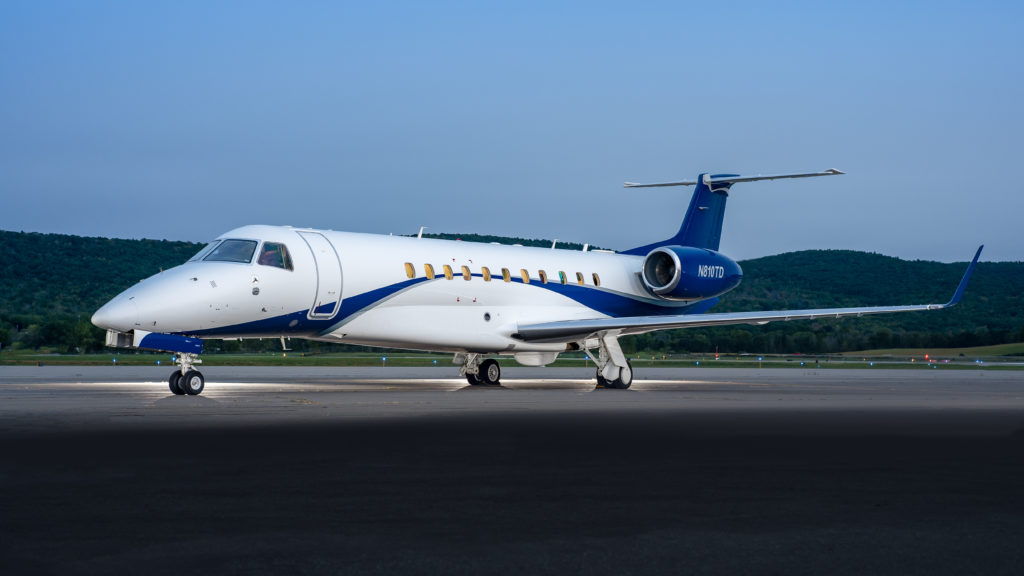
What about the San Marino AOC?
We have a Global 6000, which was the launch aircraft for the AOC and is based in Africa for charter operations. It is an AOC that we use mainly for aircraft based outside the old continent, notably in Africa and the Middle East, and which allows us to develop these geographical areas.
What is the composition of your fleet?
All the aircraft are managed on behalf of owners who have trusted us for many years. We do not own any of the aircraft. This is an important point for us, as I consider that it avoids any conflict of interest when it comes to marketing an owner’s aircraft. Our fleet inventory consists of two Agustas, Phenom 100s and 300s, Citation CJ2s, Bravos, Ultra, Sovereigns and Excels, Lear 60XRs, Challenger 300s, 350s and 605s, Legacy 500s and Praetor 600s. At the top end, we have Global 6000s and XRSs and a Gulfstream 650ER. This is a relatively coherent fleet that allows us to respond to all requests. These aircraft are based in Switzerland, Austria, France (Paris and the provinces) and also in Africa. A distribution of type and geography that allows us to be quite relevant and flexible in order to adapt to the needs of the market, which evolves quite rapidly. The two helicopters are a good complement to business aviation for transferring our customers to certain points that are inaccessible by air, especially in the mountains.
How do you see the management of flights with the Brexit?
We are obviously in contact with the local authorities in order to respond to the various measures put in place. However, this is not a big market for us. So it’s not a real problem for the operation of potential flights. Especially since at the beginning of the year the closure of borders did not allow a real activity. The Brexit will especially penalize owners registered in Great Britain and who will want to move to Europe. Not being present on this market, I must admit that this is not a priority issue for us.
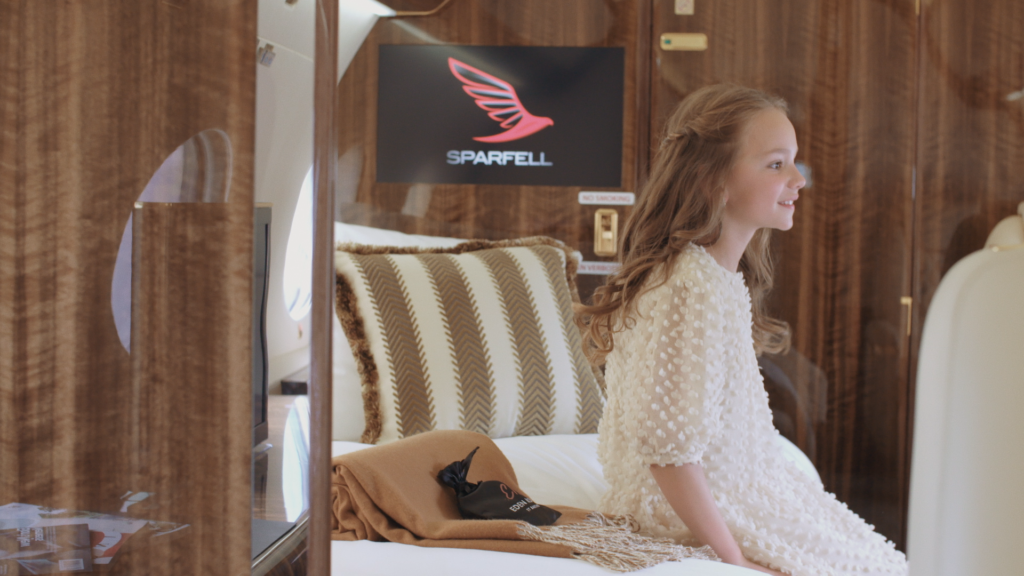
What are the challenges for 2021?
For a year and a half we have been consolidating Sparfell and its activities, despite the crisis. We have gone from 20 people at Sparfell to 160 employees in the current group. We have a lot of talents in the company and our work axis is now to synchronize all these forces and to optimize their competences in order to better answer the future commercial challenges. I don’t believe in our business that a centralized company can work, the goal is to be as close as possible to our customers. In our structure, there is a real flexibility on the part of our employees, but above all a strong link between our teams and our customers. These human relationships allow us to perpetuate our achievements while developing our future markets. In this sense, the establishment of a Maltese AOC is underway and we hope to be operational in the coming weeks.
In fact, my goal is to consolidate the teams and create a real group dynamic internally. This commercial strength should enable us to bring in several aircraft this year, even if I don’t see this as the alpha and omega. Our development must be done in a reasoned way and we do not want to go beyond a critical size. At the same time, we are studying the possibility of expanding our presence in France and more particularly in Paris where we have six aircraft based. This will undoubtedly be the big challenge of 2021.
Why Paris in particular ?
I think there is still a desire in France to see a family-owned operator, with a European dimension, but which understands the specific needs of the French market, of which a local presence and a French AOC are part. Our family reputation for years on this platform should allow us to convince aircraft owners and on-demand customers of the quality of our service. We believe that France has a real potential for development. Moreover, the hexagon is a historical axis, with a need for business aircraft that has never been denied and that should increase in the years to come. We can offer more in this market, notably through our fleets, whether they are based in France or elsewhere.
Are you planning to develop a charter business in the United States ?
We already have a subsidiary, SPARFELL USA Inc, in Washington for aircraft brokerage, managed by Brandt Boyle, in parallel with the offices in Geneva and Singapore. My family has been working with the Boyle family for decades in aircraft trading and that is why it seemed obvious to us to integrate them into SPARFELL when we decided to open the American branch last September. However, having an operator’s certificate would imply a majority American shareholder, which would force us to be in the minority in the management of the entity. This is not in our operating model. On the other hand, having a local broker’s office for the on-demand market could be considered under certain conditions. But at this stage, this strategy is not in our immediate priorities.

